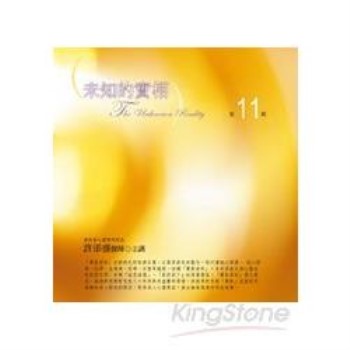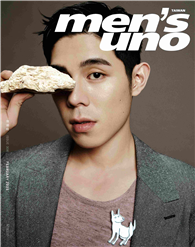Santiago follows his older brother Billy as he climbs aboard a Ghost Train and finds himself surrounded by strange people that look out of place. Fear and panic envelope him. The adventure begins as the train comes to a screeching halt. He watches Billy disappear into a military battle taking place during the time of Martin of Tours in the year 331A.D. He feels an evil presence. It’s the Conductor! The Conductor manifests as death incarnate. They experience their familial continuum as the Conductor of the Ghost Train chases Billy through their generational military experiences. Santiago follows and watches the ravages of war at every stop but is unable to intercede.
A gentle spirit appears to guide and protect Santiago. She calms his spirit and prevents him from being consumed by the evil that is slowly consuming his hero, Billy. The woman speaks to him, calms, and leads him passed the traps being set by the Conductor. His life is driven by the violence of his father during the day, and the Conductors evil during the night, in the context and uniqueness of his culture. The gentle spirit is his only hope to survive and understand.
Each stop on the mystical journey plays out as the brothers are living in their turbulent historical events at night and living day-to-day in their current historical context. The brothers see the past materialize into their present day lives as the violence of their familial past haunts them. They experience the full array of human emotions at a level that drives them to behaviors deemed inappropriate by the current societal mores and legal requirements while blessing them with a distorted freedom that few experience, and a bondage they cannot escape. The book begins with the heroic death of a young soldier Guillermo, (Billy), and ends with the heroic death of Billy in Vietnam.
In the ever-growing cultural conflicts in the world, this book follows the essence of a young boy, Santiago, who is born into a culturally driven world of violence, heartbreak, and loss. Santiago struggles to understand and survive as he watches his life, and that of his family, spiral out of control. Santiago’s family is multi-generational Spaniard who in the late 14th century settled in the Española Valley in Northern New Mexico. The Spanish Culture has clashed with the Anglo culture for centuries. Santiago is caught up in a world defined by a cultural continuum that is driven by Spain’s military expansion throughout Europe and into the Americas. What happens to a young boy when his culture is driven by aggression, conquest, war, and a struggle to assimilate? Where do the cultural norms of aggression manifest themselves, and why?
| FindBook |
有 1 項符合
Santa Fe: A Piece of ’Mi Vida’: A Spaniards Legacy的圖書 |
 |
Santa Fe: A Piece of ’Mi Vida’: A Spaniards Legacy 作者:Martinez 出版社:Gatekeeper Publishing 出版日期:2023-02-07 語言:英文 規格:平裝 / 400頁 / 21.59 x 13.97 x 2.08 cm / 普通級/ 初版 |
| 圖書館借閱 |
| 國家圖書館 | 全國圖書書目資訊網 | 國立公共資訊圖書館 | 電子書服務平台 | MetaCat 跨館整合查詢 |
| 臺北市立圖書館 | 新北市立圖書館 | 基隆市公共圖書館 | 桃園市立圖書館 | 新竹縣公共圖書館 |
| 苗栗縣立圖書館 | 臺中市立圖書館 | 彰化縣公共圖書館 | 南投縣文化局 | 雲林縣公共圖書館 |
| 嘉義縣圖書館 | 臺南市立圖書館 | 高雄市立圖書館 | 屏東縣公共圖書館 | 宜蘭縣公共圖書館 |
| 花蓮縣文化局 | 臺東縣文化處 |
|
|
圖書介紹 - 資料來源:博客來 評分:
圖書名稱:Santa Fe: A Piece of ’Mi Vida’: A Spaniards Legacy
內容簡介
|










